Search
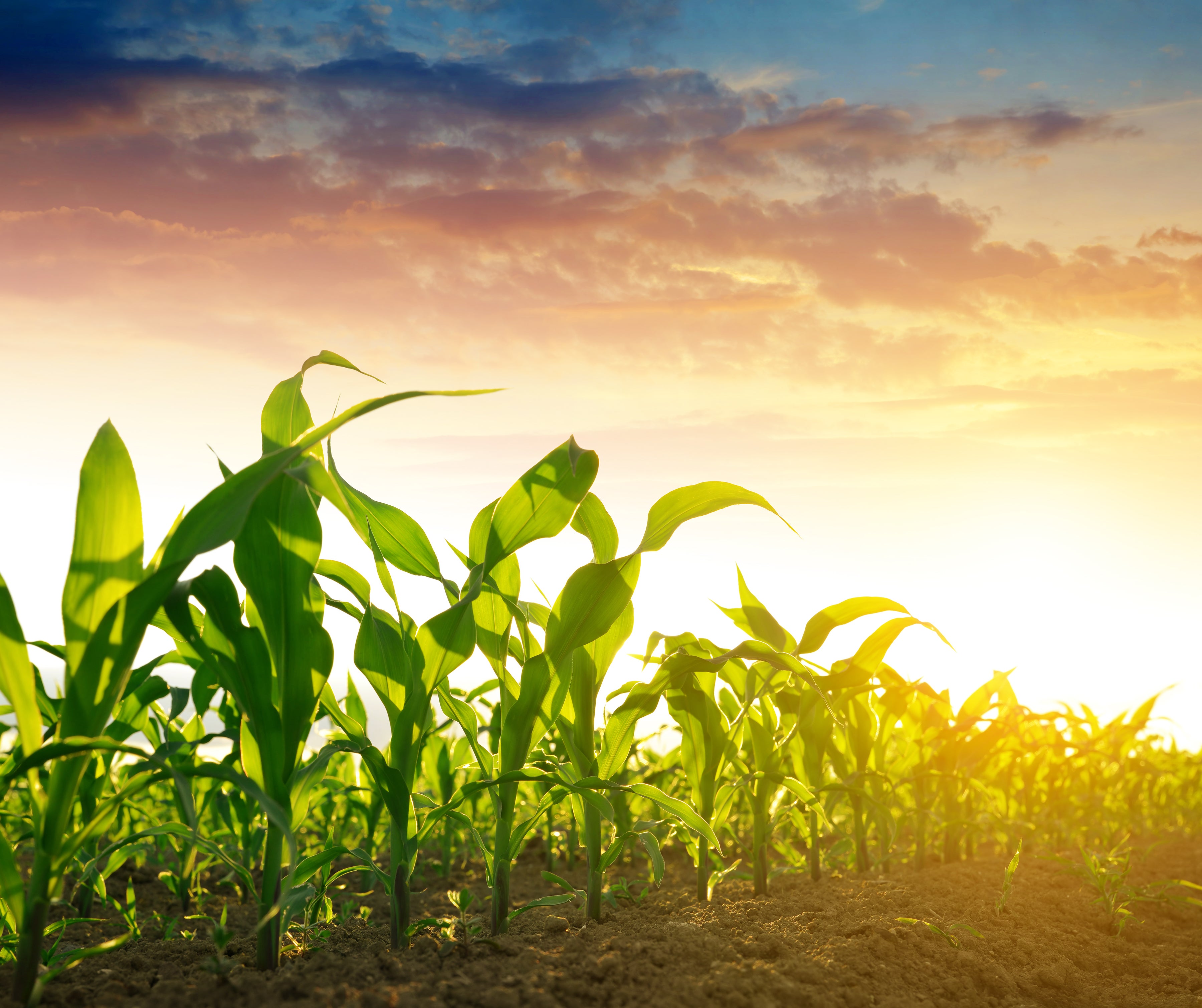
Best Management Practices for Corn Production
iGrow Corn is your unbiased, research-based guide to corn production, providing the latest recommendations to help increase yield, reduce input costs and protect your investment.
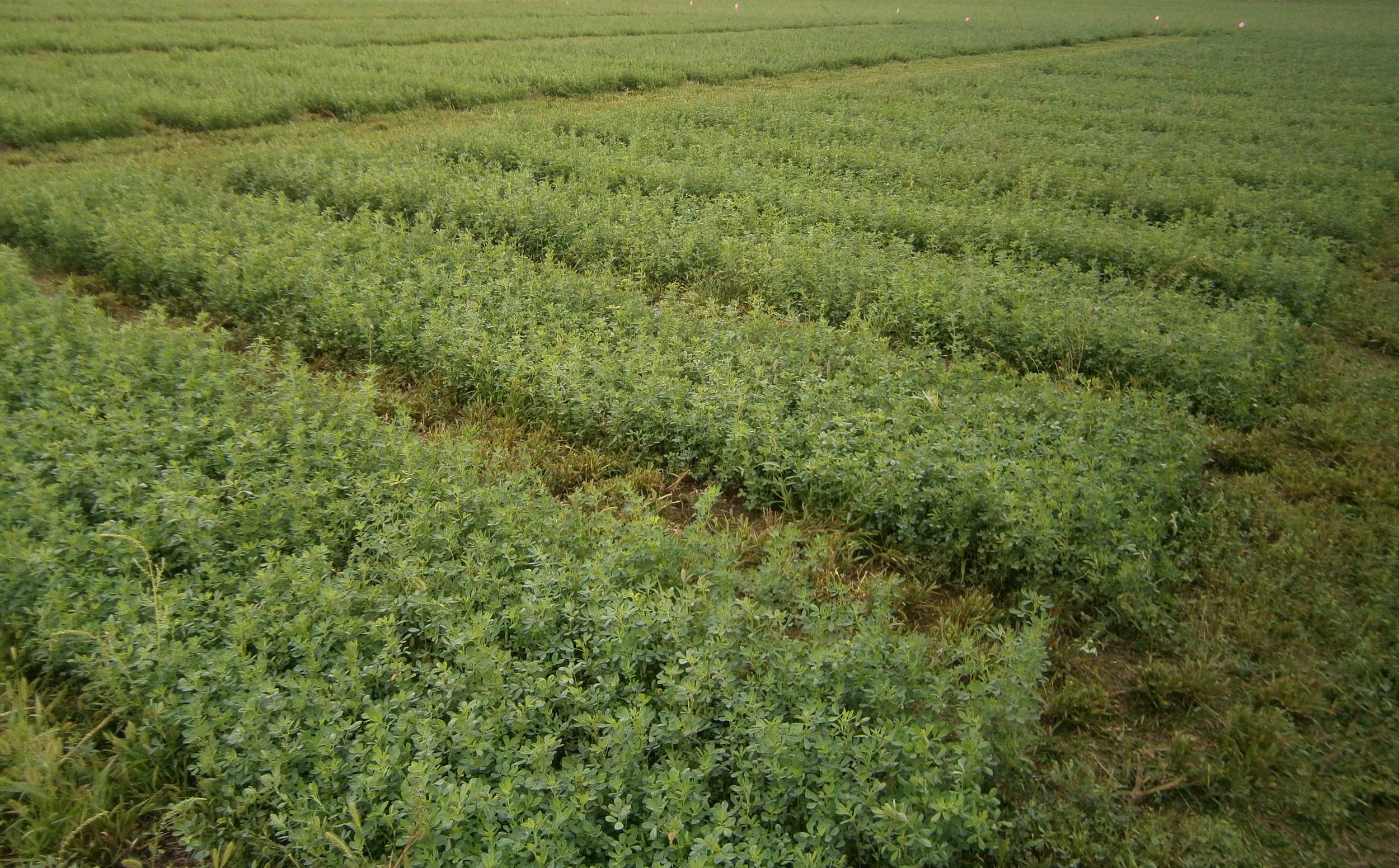
Effects of Late Spring Frost on Alfalfa
Forage research indicates that, although alfalfa is considered to have good cold temperature tolerance, minor frost damage may occur when plants are exposed to air temperatures slightly below freezing for several hours, and more severe damage will be seen when temperatures drop below 25°F for four or more hours.

4-H Energy for Farm, Home & Transportation Project
Energy is a property that allows objects to move, affect others, or change temperature. There are various forms of energy including electrical, mechanical, chemical, thermal, or nuclear. Energy can be transformed from one form of energy to another but it is never lost.
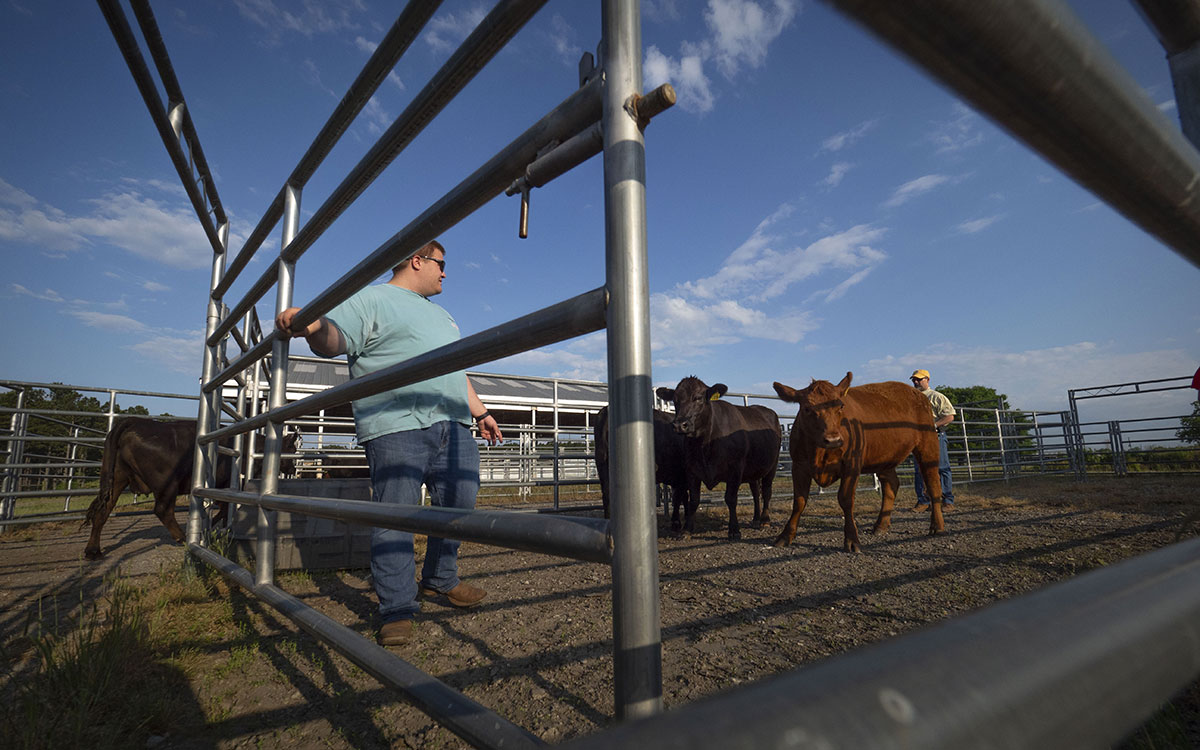
What Cattle Working Facilities Are the Best?
Research is continually being conducted to better understand cattle behaviors and develop working facilities that work with them. Learn some basic aspects of working facilities so you can design a system that best fits your operation.
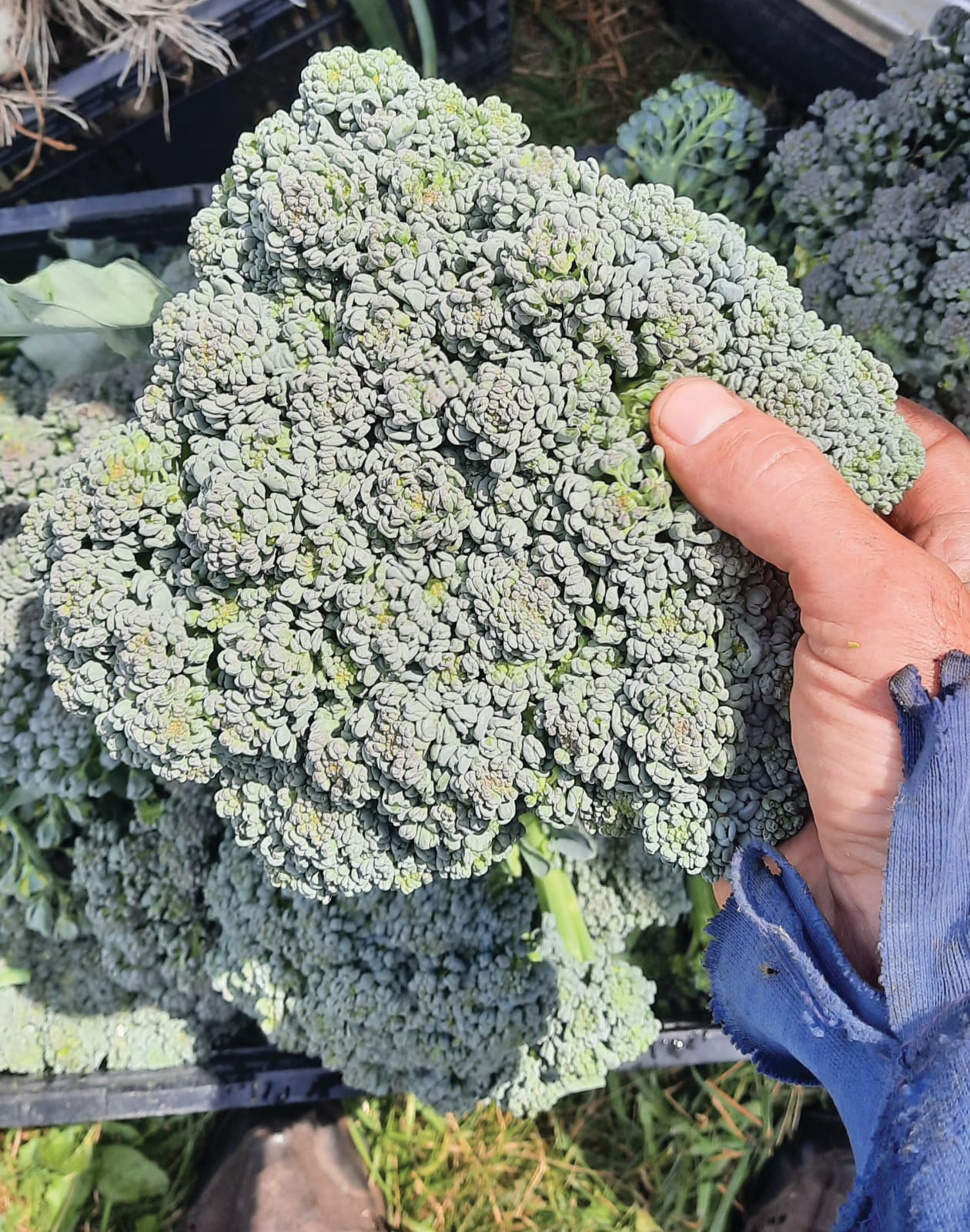
Integrating Living Mulch on Vegetable Farms in South Dakota: 2024 Results
Research report determining the impact of two established clover species on weed suppression, crop growth, and yield of severable brassica species.
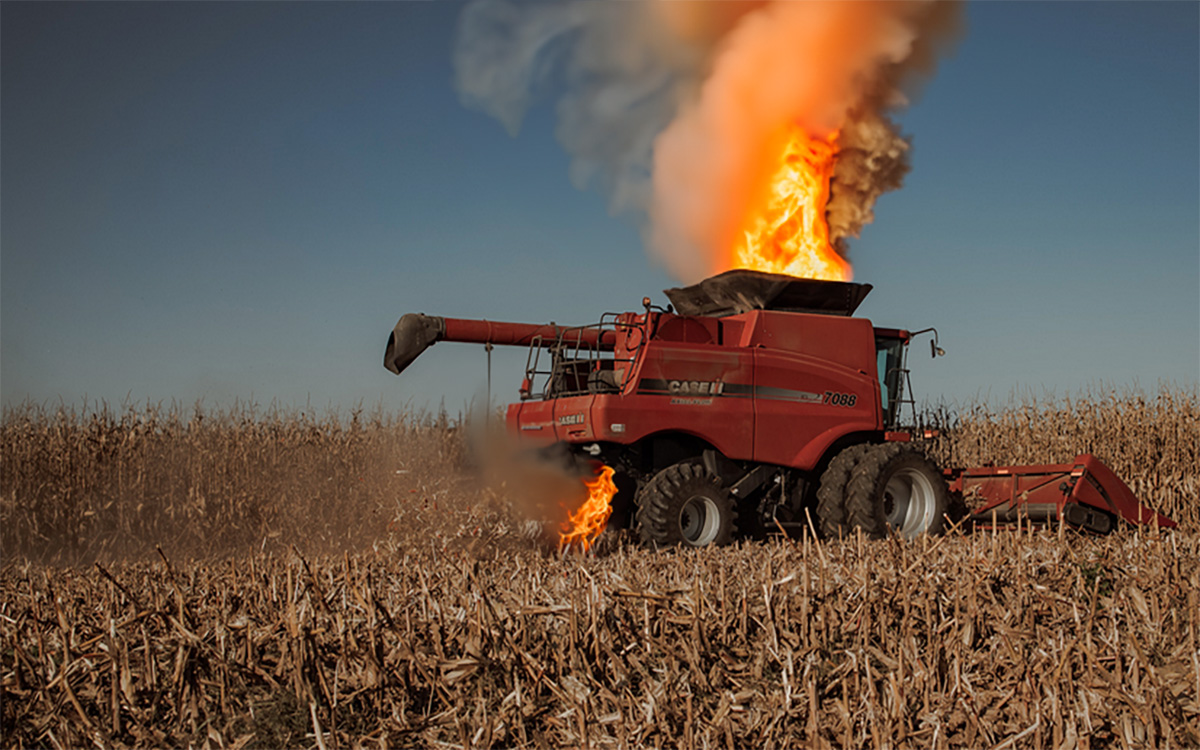
Harvest Time Equipment Fires
Dry weather conditions have led to many equipment fires this harvest season. Learn some expert tips for preparing your equipment and fields for a safe harvest, along with insurance considerations before and after a fire event.
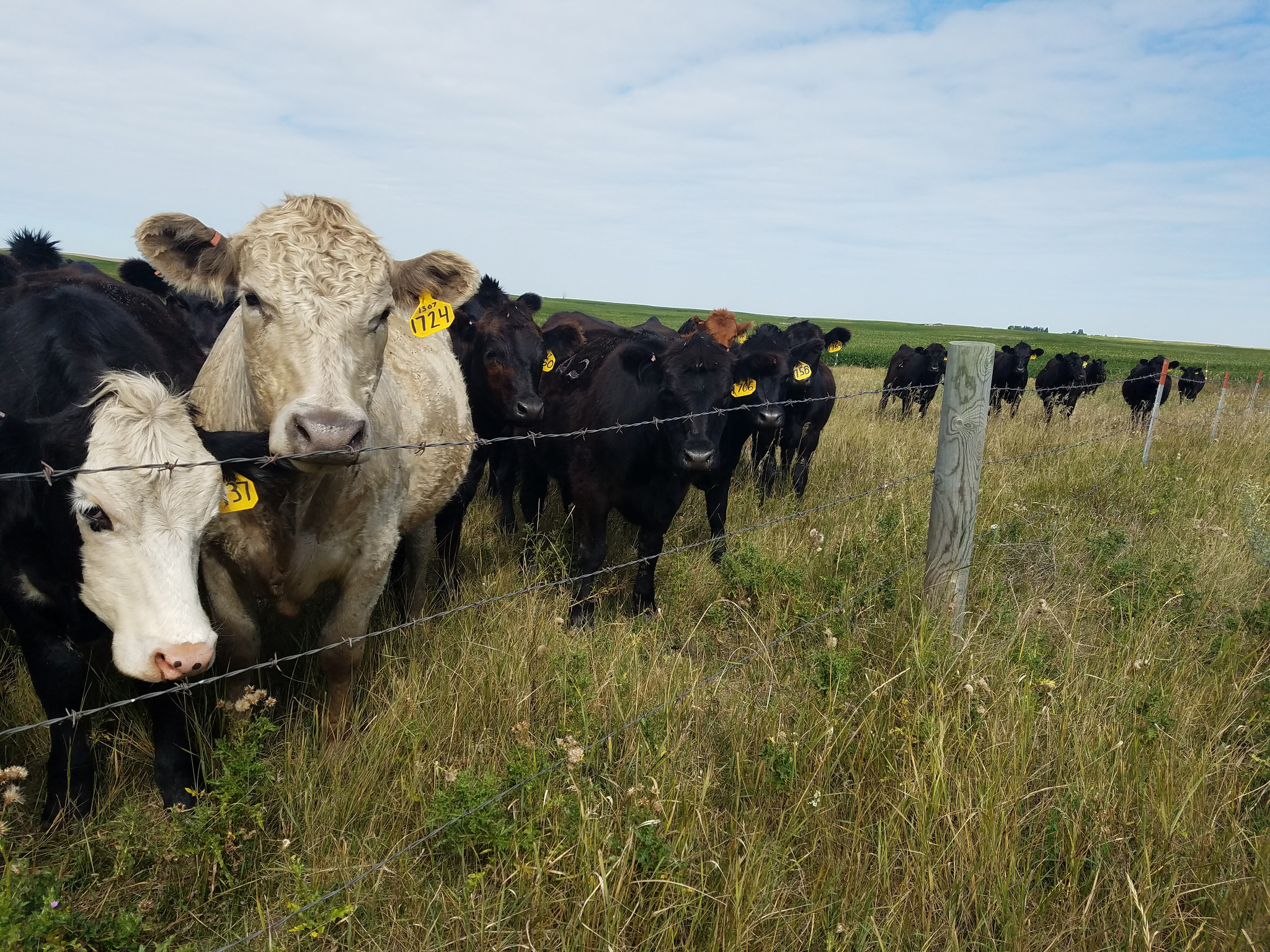
Cows Eat Weeds
By utilizing grazing as a means of cultural control, producers have the potential to decrease input expenses while reaping the benefits of inexpensive weed control through animal nutrition.
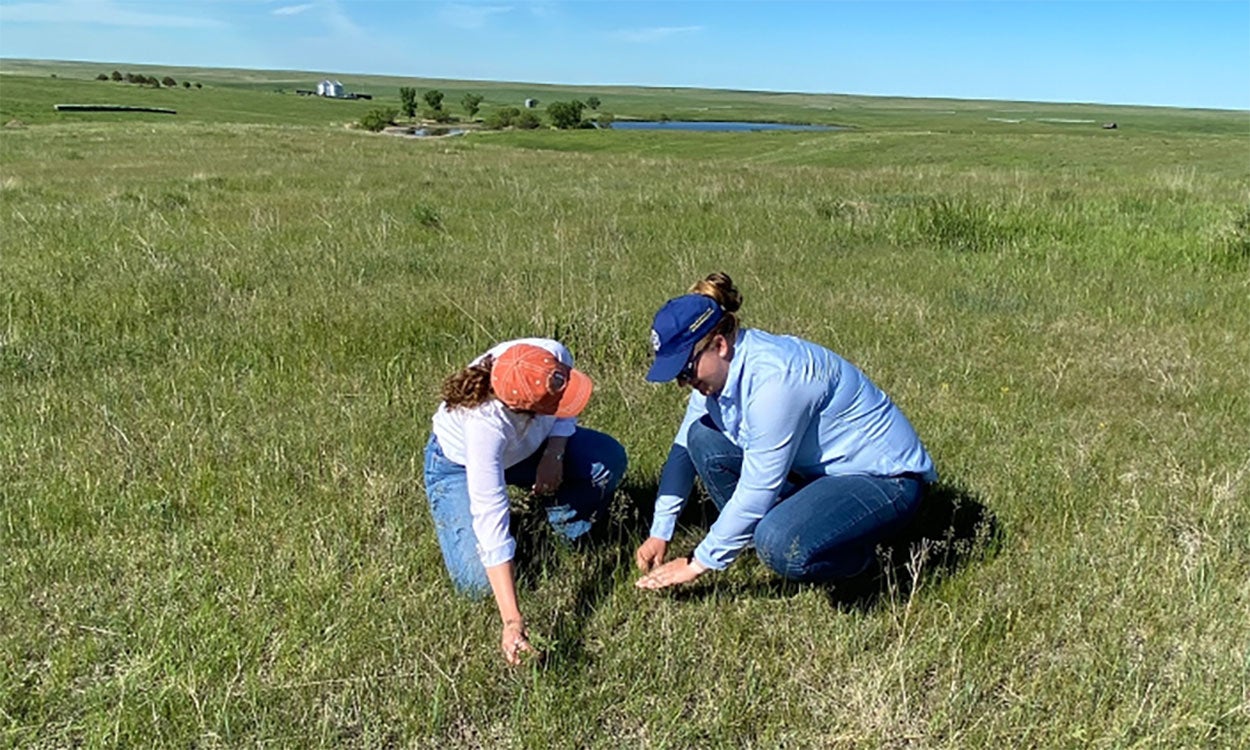
Women on the Range
Women on the Range is a program that is open to all. Through hands-on workshops and peer learning, this program empowers landowners, ranchers, and natural resource managers to build confidence and leadership in grazing and land stewardship.

Forage
SDSU Extension works with forage producers, providing them with access to quick tests, research-based information, and best management practices to help maximize yields and nutritional quality of forages.
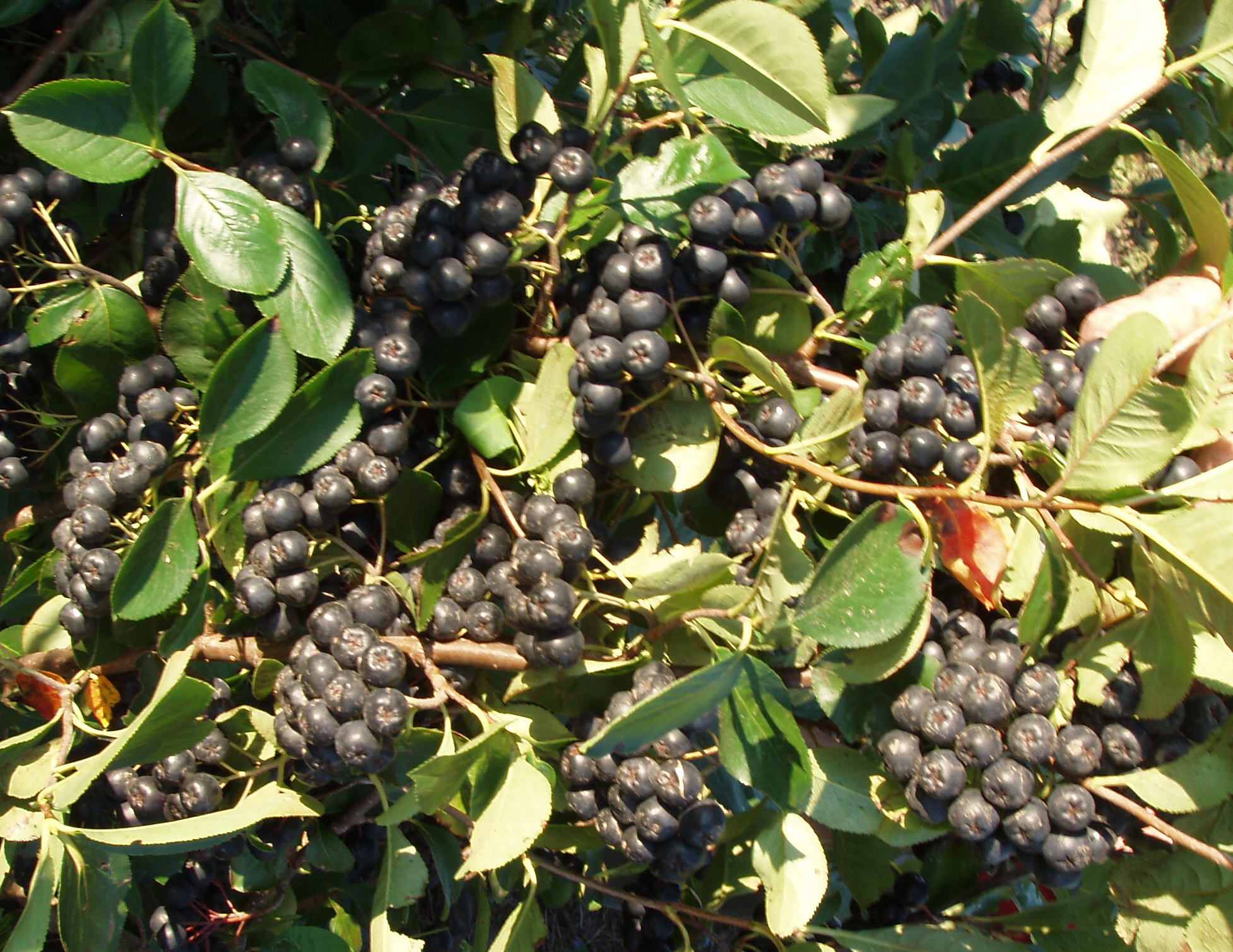
What is This Fruit… And is it Edible?
In mid- to late-summer, we often get the questions: “What kind of fruit is this?” and “Is it edible?” To identify a fruit, it is helpful to know both plant and fruit characteristics: Woody or herbaceous plant? Vining or upright? Do the leaves attach to the stem opposite each other (i.e., paired), or do they alternate from one side of the stem to the other? What size and color are the fruit? Is each fruit’s stem attached directly to the twig, or are they in a cluster that attaches to the twig? And, one question I find often helpful in distinguishing among smaller fruits, does it have a single pit, or are there several seed in each fruit?